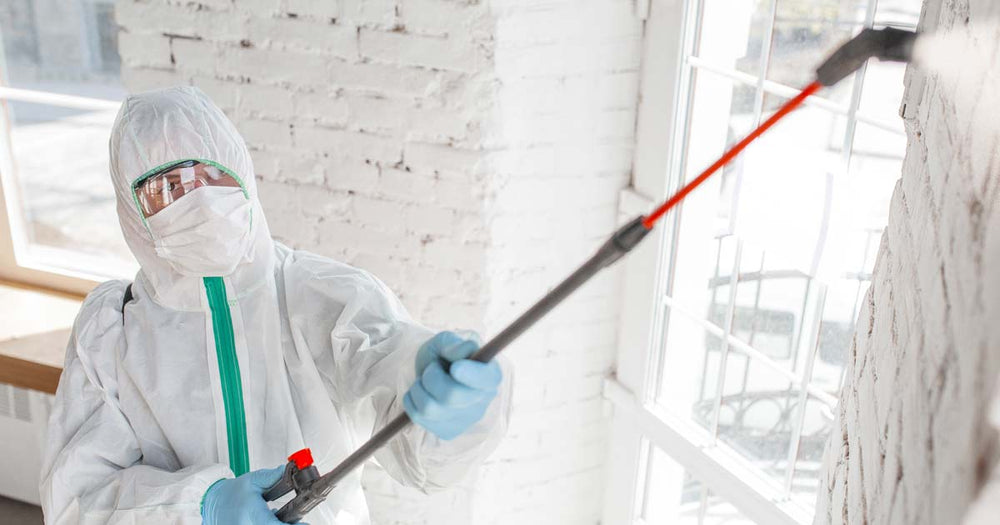
A Closer Look at Stitch Quality
Our latest garment inspections reveal a mixed bag when it comes to stitch quality. While most garments met our minimum standards, a noticeable percentage exhibited inconsistencies. Loose threads, skipped stitches, and uneven seam allowances were common issues. We’ve identified specific production lines where these problems are most prevalent and are working directly with the manufacturers to implement corrective actions. This involves retraining staff on proper stitching techniques, upgrading sewing machinery where necessary, and implementing stricter quality control checkpoints throughout the production process. We’re confident that these measures will significantly improve stitch quality in future batches.
Fabric Defects: An Ongoing Challenge
Fabric defects remain a significant area of concern. We’ve seen a rise in the number of garments with flaws like discoloration, holes, and weakened fibers. These defects are often difficult to detect until the garment is further along in the production process, making them costly to rectify. We are currently exploring new fabric sourcing strategies, prioritizing suppliers with robust quality control systems. In addition, we’re investing in advanced fabric inspection technology to enhance our ability to identify defects early on. This will include both automated systems and additional trained personnel to perform manual checks at key stages of production.
Sizing and Fit: Consistency Issues
Maintaining consistent sizing and fit across different production runs continues to be a challenge. We’ve observed variations in measurements, particularly in sleeve length, waist circumference, and overall garment length. This is largely attributed to inconsistencies in pattern cutting and fabric shrinkage during manufacturing. We’re addressing this by implementing stricter standards for pattern making and cutting, investing in pre-production sampling to verify sizing accuracy, and closely monitoring the fabric pre-treatment processes to minimize shrinkage. This multi-pronged approach is intended to ensure that our garments consistently meet the specified size specifications.
Color Consistency and Fastness: Meeting High Standards
Color consistency remains a high priority. While most garments met our color standards, we’ve noted some subtle variations in shade across different batches. This can be a result of dye lot inconsistencies or variations in the dyeing process itself. To counteract this, we’re implementing stricter controls on dye lot management, ensuring that each batch of garments is dyed using the same dye lot. We’re also working with our suppliers to improve their color matching capabilities and to ensure consistent color fastness, so that our garments maintain their vibrancy and color after multiple washes.
Hardware and Trims: Quality Assurance
The quality of hardware and trims—such as zippers, buttons, and labels—plays a crucial role in the overall garment quality. Recent inspections have revealed a small number of instances where faulty hardware was used, resulting in damaged or malfunctioning garments. We are strengthening our relationships with our hardware and trim suppliers, increasing our scrutiny of incoming materials, and implementing more rigorous quality checks at each stage of assembly. This includes thorough testing of zippers, buttons, and other components before they are incorporated into the finished product, to prevent future issues and ensure durability.
Improved Communication and Collaboration: The Key to Success
Addressing these quality concerns requires a concerted effort across our entire supply chain. Improved communication and collaboration with our manufacturing partners are key. We are actively working to establish stronger partnerships with our suppliers, fostering open communication channels, and providing regular feedback on inspection results. This collaborative approach will allow for faster identification of problems and quicker implementation of corrective measures. We believe that by working closely with our manufacturing partners, we can achieve significant improvements in garment quality and meet the high standards our customers expect.
Future Improvements and Ongoing Monitoring
We are committed to continuous improvement in garment quality. Beyond the immediate actions outlined above, we are investing in advanced quality control technologies and expanding our team of quality assurance professionals. This will allow for more efficient and thorough inspections, and enable us to identify and address potential problems before they affect finished goods. We will also be implementing a more robust system for tracking quality data and analyzing trends, which will help us anticipate potential issues and proactively address them. Please click here about garments quality inspection








